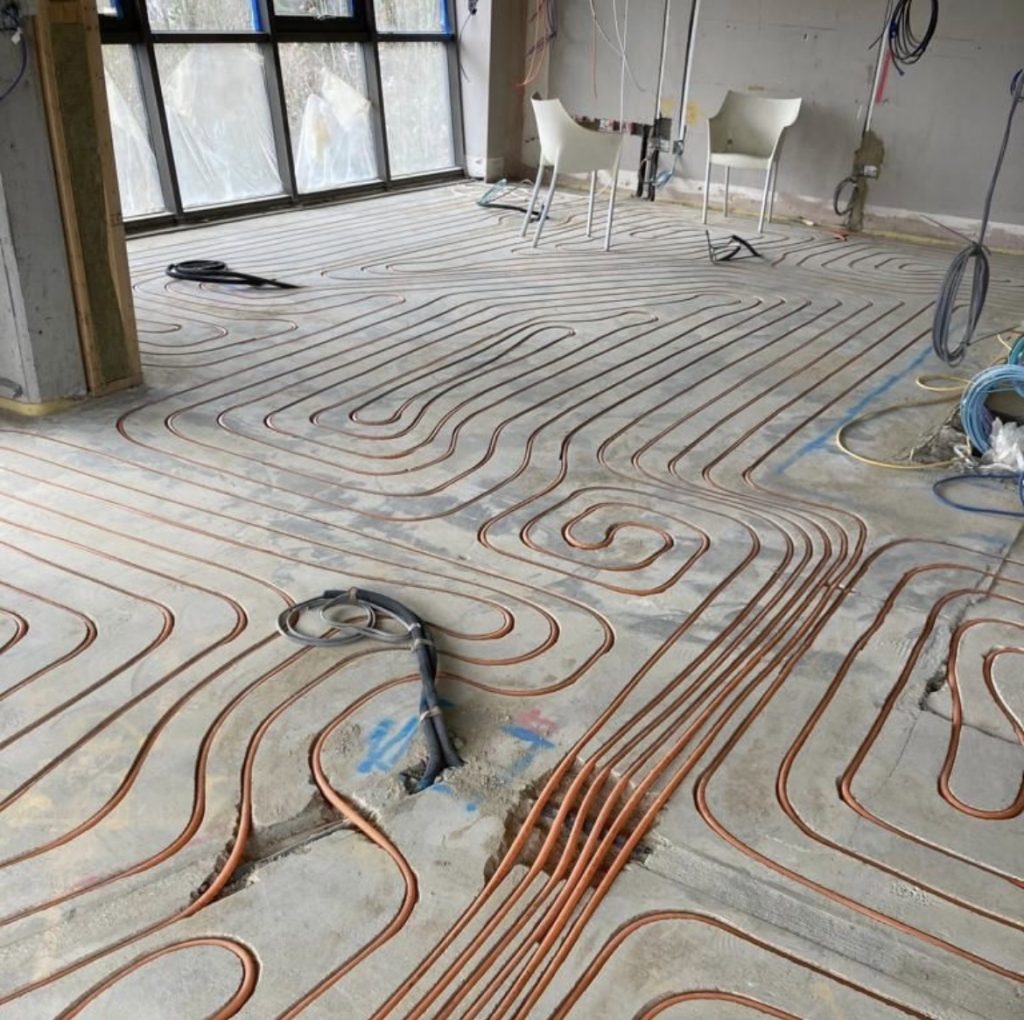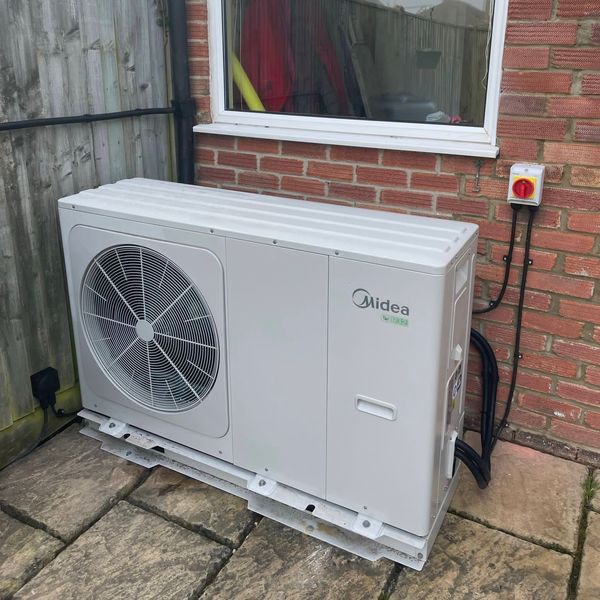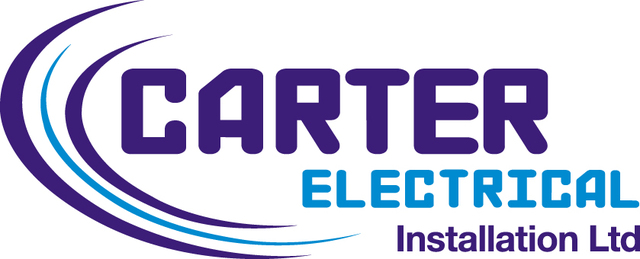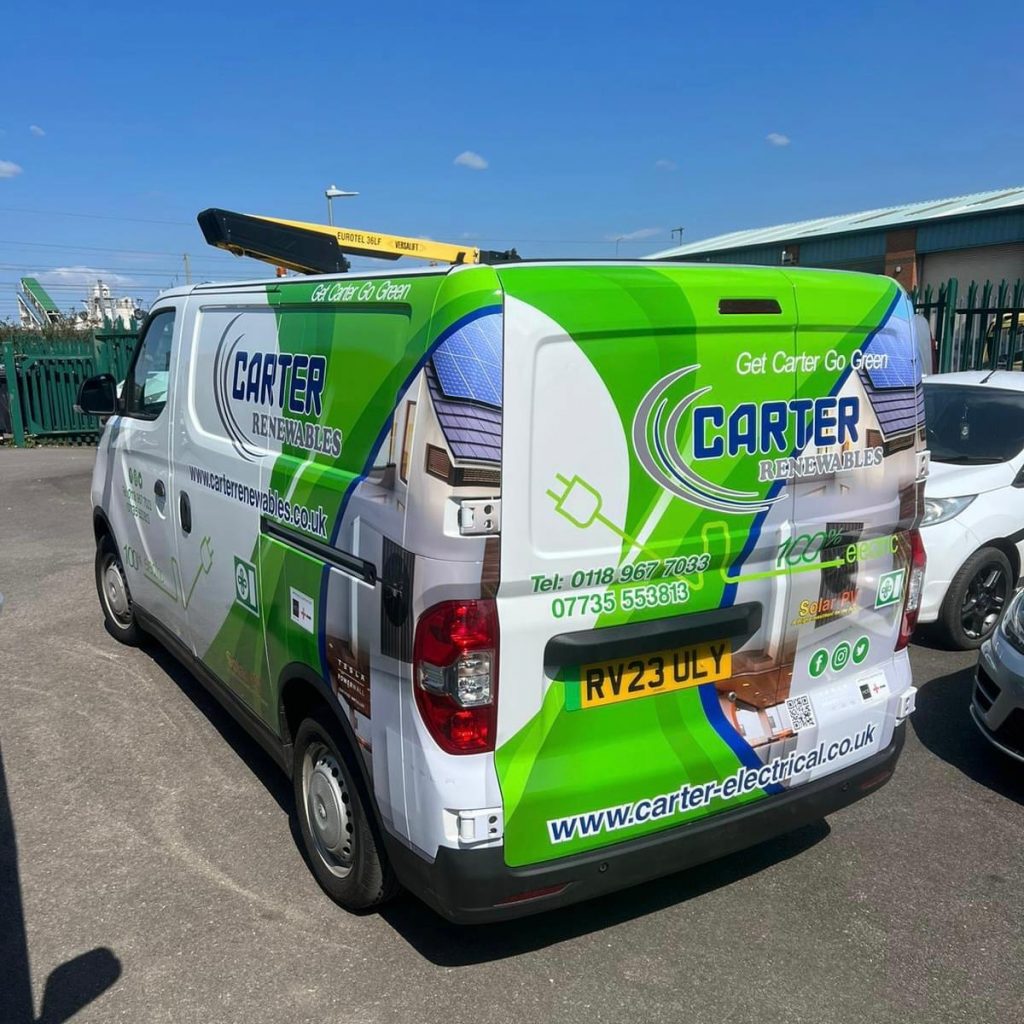Keeping Warm During Winter: A Guide to Efficient Heating for Your Home
As the winter season approaches, the thought of cosying up indoors with a warm cup of tea becomes more enticing. However, ensuring your home stays comfortably warm during the colder months requires some planning and a reliable heating system. In this blog, we will explore various heating options and strategies to help you stay toasty throughout the winter.
Boilers: The Heart of Home Heating
Boilers are one of the most common and efficient methods of heating homes. They work by heating water and distributing it through pipework to various radiators in rooms. Here are some considerations for boiler owners:
- Regular Maintenance: Schedule annual maintenance to ensure your boiler operates at peak efficiency. Clean filters, inspect valves, check fluid cleanliness and address any issues promptly to avoid costly repairs later.
- Thermostat Optimisation: Invest in a programmable thermostat to regulate temperatures efficiently. Lower the temperature when you’re away or sleeping, and raise it when you’re home and active. Look to run the system longer and cooler to maximise efficiency.
Underfloor Heating: Luxurious Warmth
Under floor heating is a very efficient option that provides even, comfortable warmth throughout your home. It involves heating coils or tubes installed beneath the floor surface. Effectively, underfloor heating is a big radiator in the floor:
- Energy Efficiency: underfloor heating is energy-efficient as it it larger than wall hung radiators the flow temperatures can be lower to give the same amount of heat into a given room.
- Flooring Materials: It works best with certain flooring materials, like tile or stone, which conduct heat effectively. Ensure compatibility with your existing flooring or plan accordingly during renovations.

Air Source Heat Pumps: Efficient All-Season Solutions
Air source heat pumps are versatile systems that both heat and cool your home, which work by moving heat from 1 place to another. A fridge is a type of heat pump, they move heat from inside to outside of the fridge, if you felt the grills on the back they would be warm. ASHPs are basically outdoor boilers, they heat water in pipework that goes to either underfloor heating or radiators in your home during winter. Furthermore, they can even extract heat when temperatures are warm, moving the warm internal air to outside and cooling down the house. Here’s why they’re a popular choice:
- Year-Round Comfort: Heat pumps provide efficient heating during winter and cooling during summer, making them an all-season solution.
- Reduce your carbon footprint: They’re low carbon, and could be particularly cost-efficient if you’re replacing an outdated or costly system. Especially when combined with solar.

Energy-Efficient Practices
Lastly, regardless of your heating system, practicing energy-efficient habits can save you money and reduce your carbon footprint:
- Sealing and Insulation: Properly seal gaps and insulate your home to prevent heat from escaping and cold air from infiltrating.
- Sunlight Utilisation: During the day, open curtains or blinds to allow natural sunlight to warm your home. Close them at night to retain heat.
- Regular System Checkups: Periodically check your heating system for issues and replace parts as needed to maintain efficiency.
Keeping your home warm during the winter doesn’t have to be a daunting task. With the right heating system and energy-efficient practices, you can enjoy a cosy and comfortable living space throughout the coldest months. If you’re unsure which heating solution is best for your home or need assistance with maintenance and installation, contact us for expert guidance and support. Stay warm and enjoy a snug winter season!

